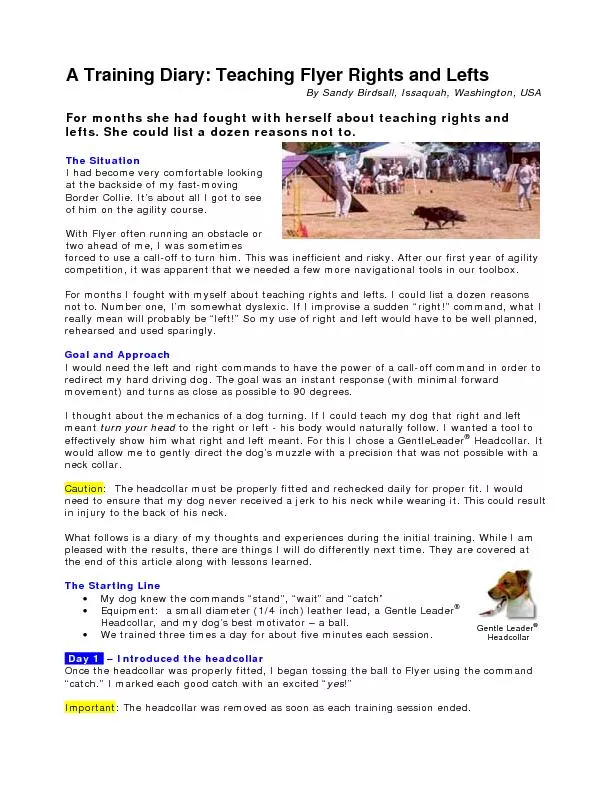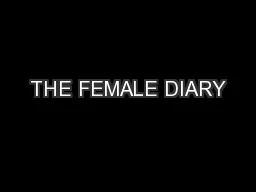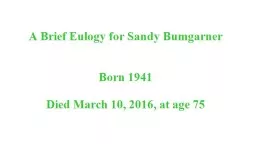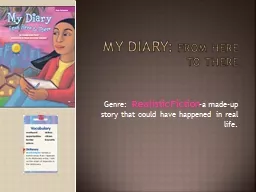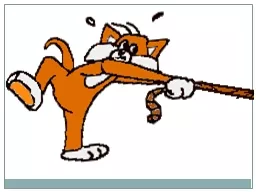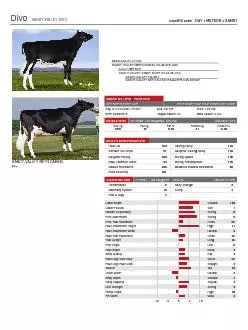PDF-A Training Diary: Teaching Flyer Rights and LeftsBy Sandy Birdsall, Is
Author : luanne-stotts | Published Date : 2016-06-20
forced to use a calloff to turn him This was inefficient and risky After our first year of agilitycompetition it was apparent that we needed a few more navigational
Presentation Embed Code
Download Presentation
Download Presentation The PPT/PDF document "A Training Diary: Teaching Flyer Rights ..." is the property of its rightful owner. Permission is granted to download and print the materials on this website for personal, non-commercial use only, and to display it on your personal computer provided you do not modify the materials and that you retain all copyright notices contained in the materials. By downloading content from our website, you accept the terms of this agreement.
A Training Diary: Teaching Flyer Rights and LeftsBy Sandy Birdsall, Is: Transcript
Download Rules Of Document
"A Training Diary: Teaching Flyer Rights and LeftsBy Sandy Birdsall, Is"The content belongs to its owner. You may download and print it for personal use, without modification, and keep all copyright notices. By downloading, you agree to these terms.
Related Documents

